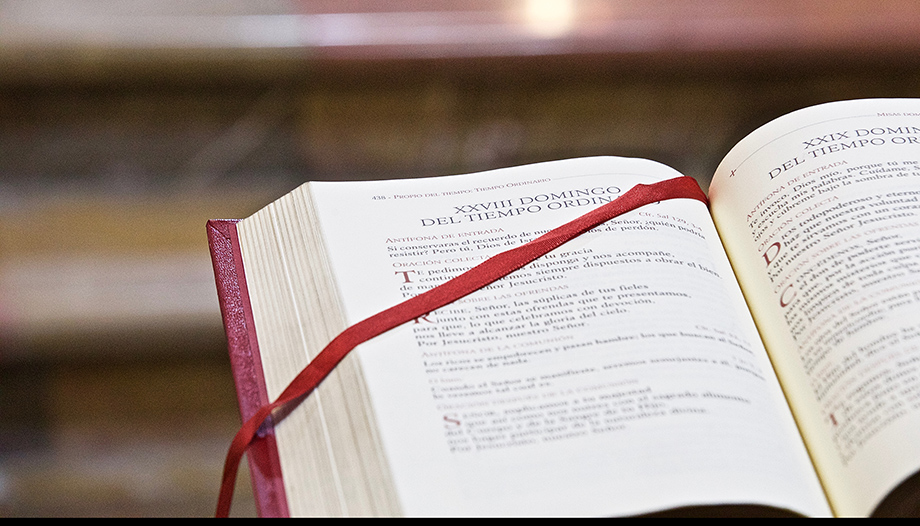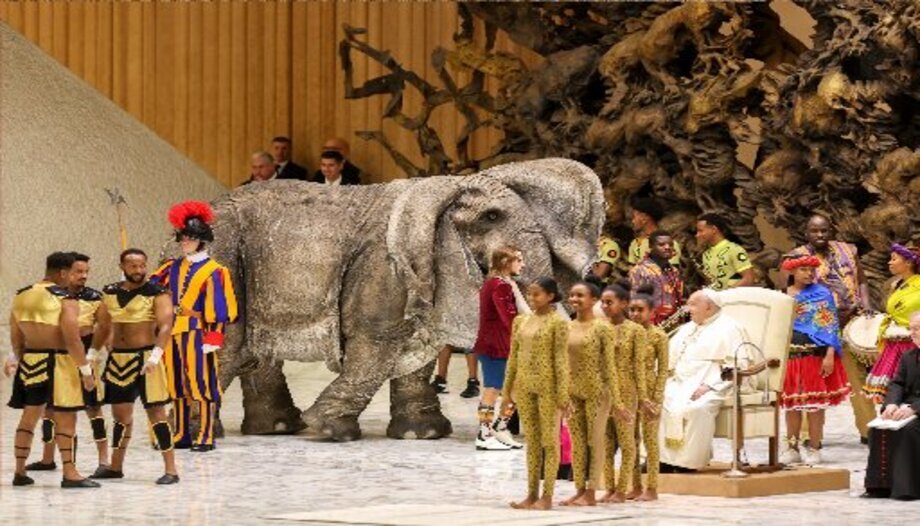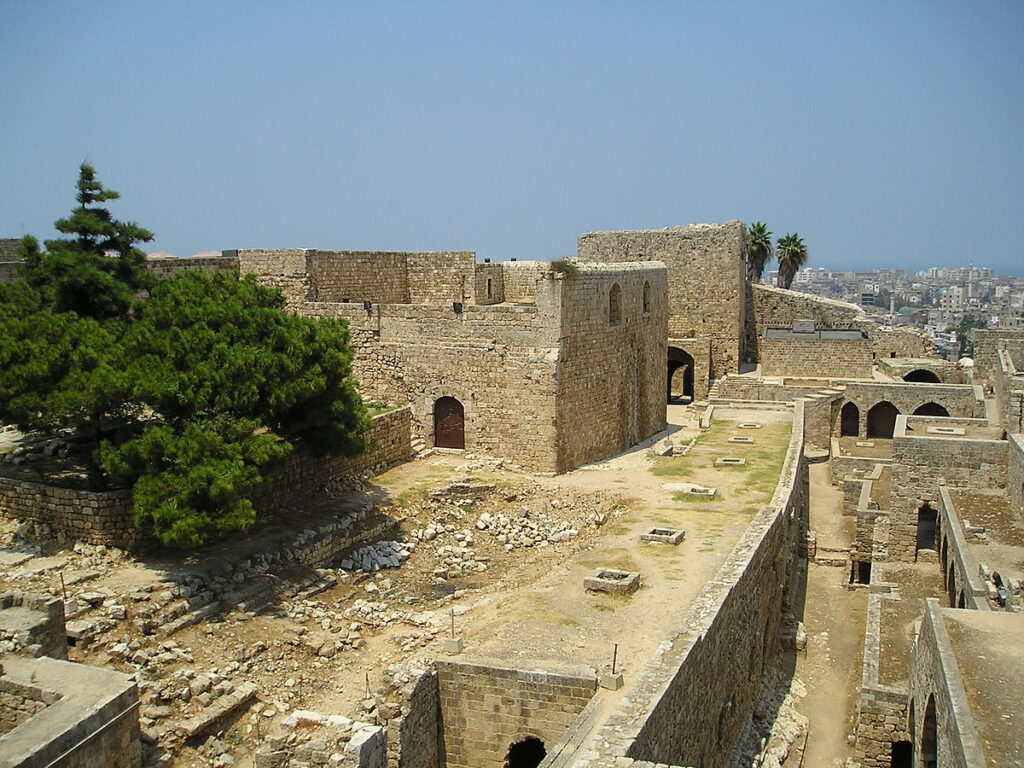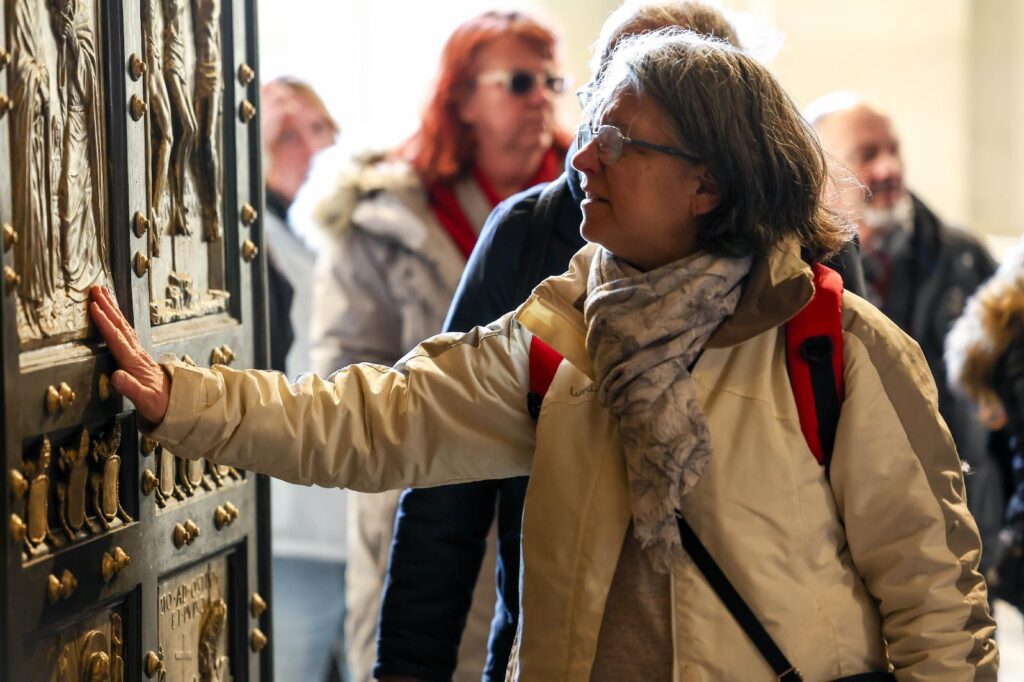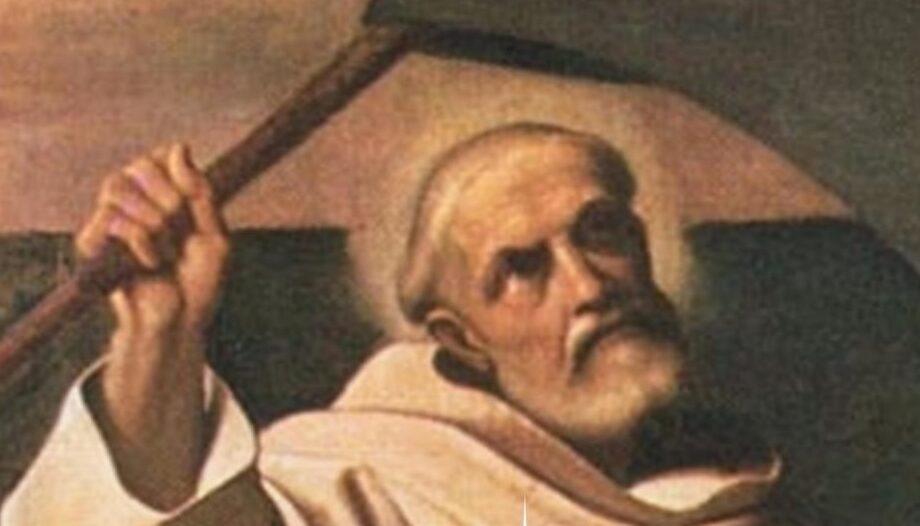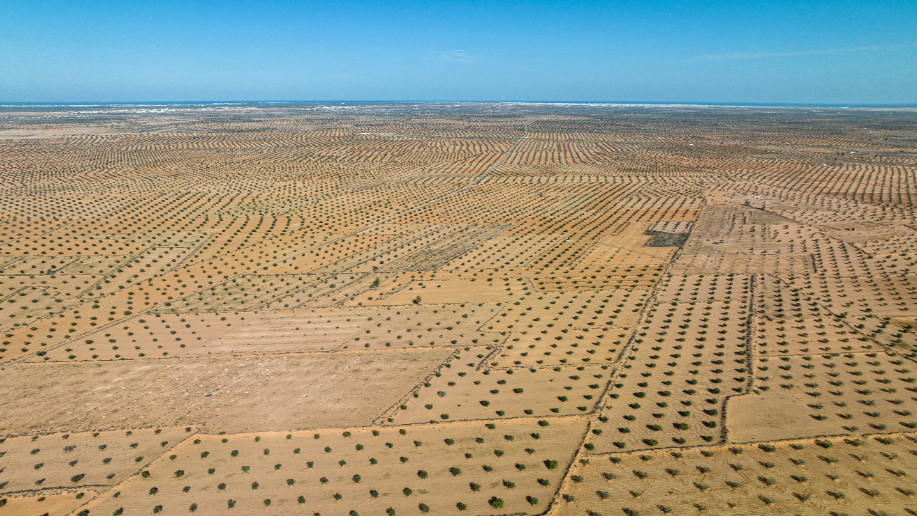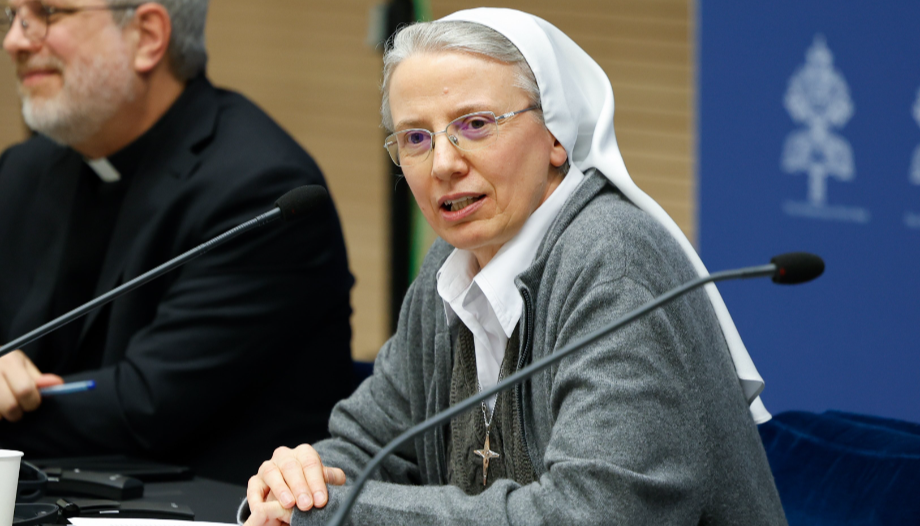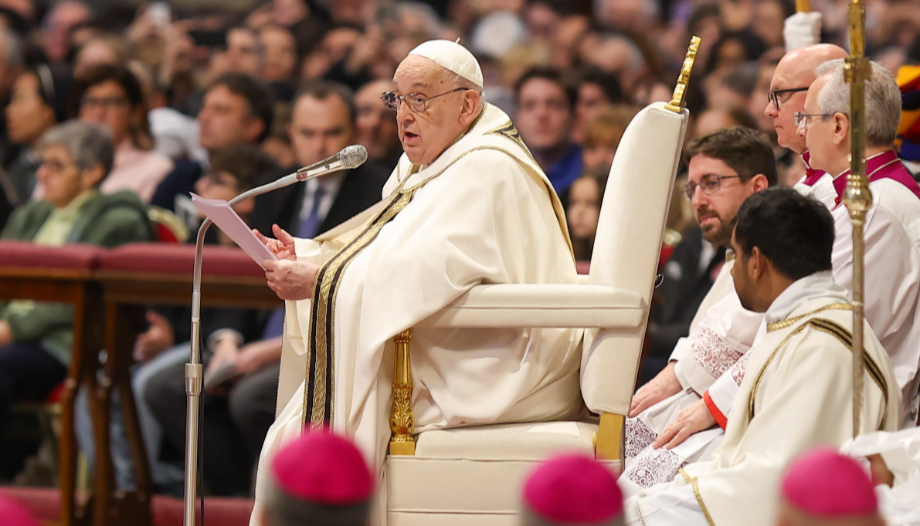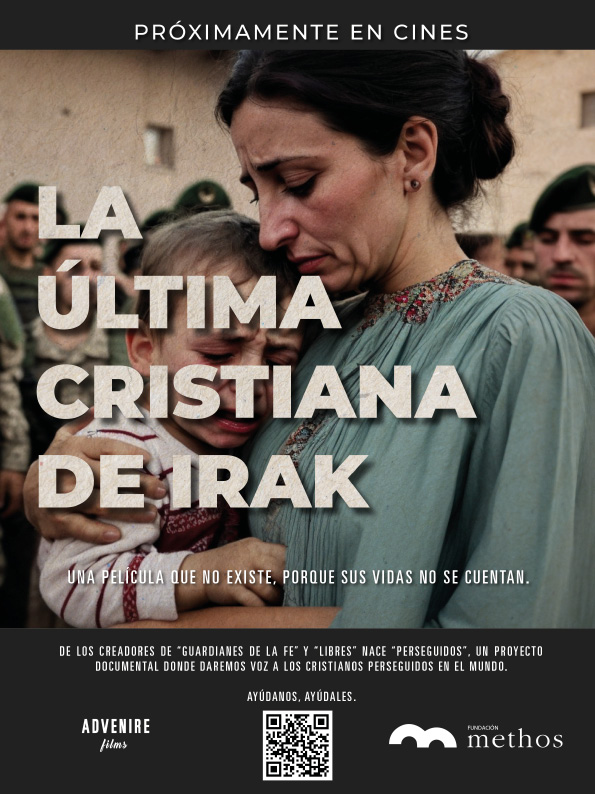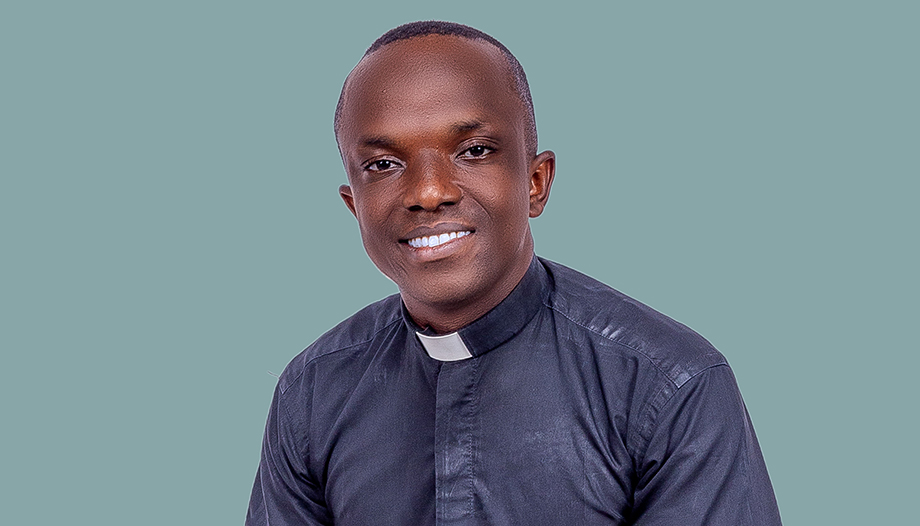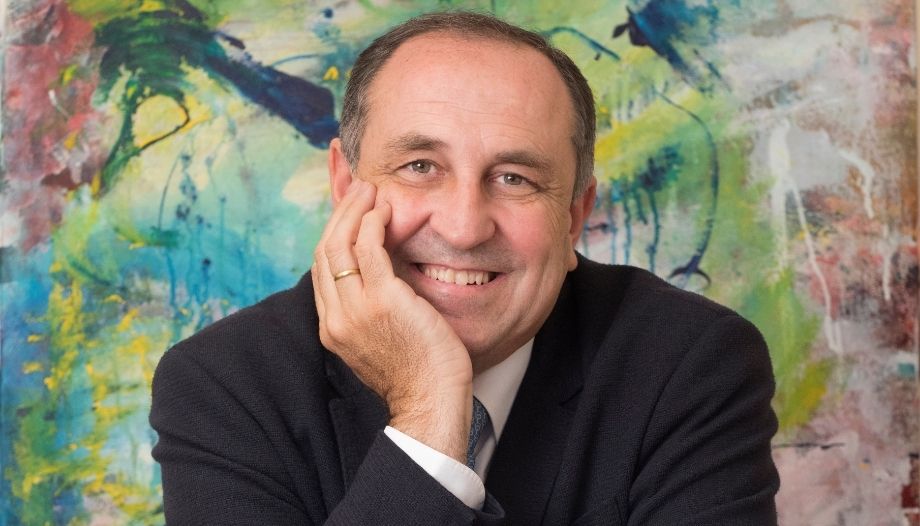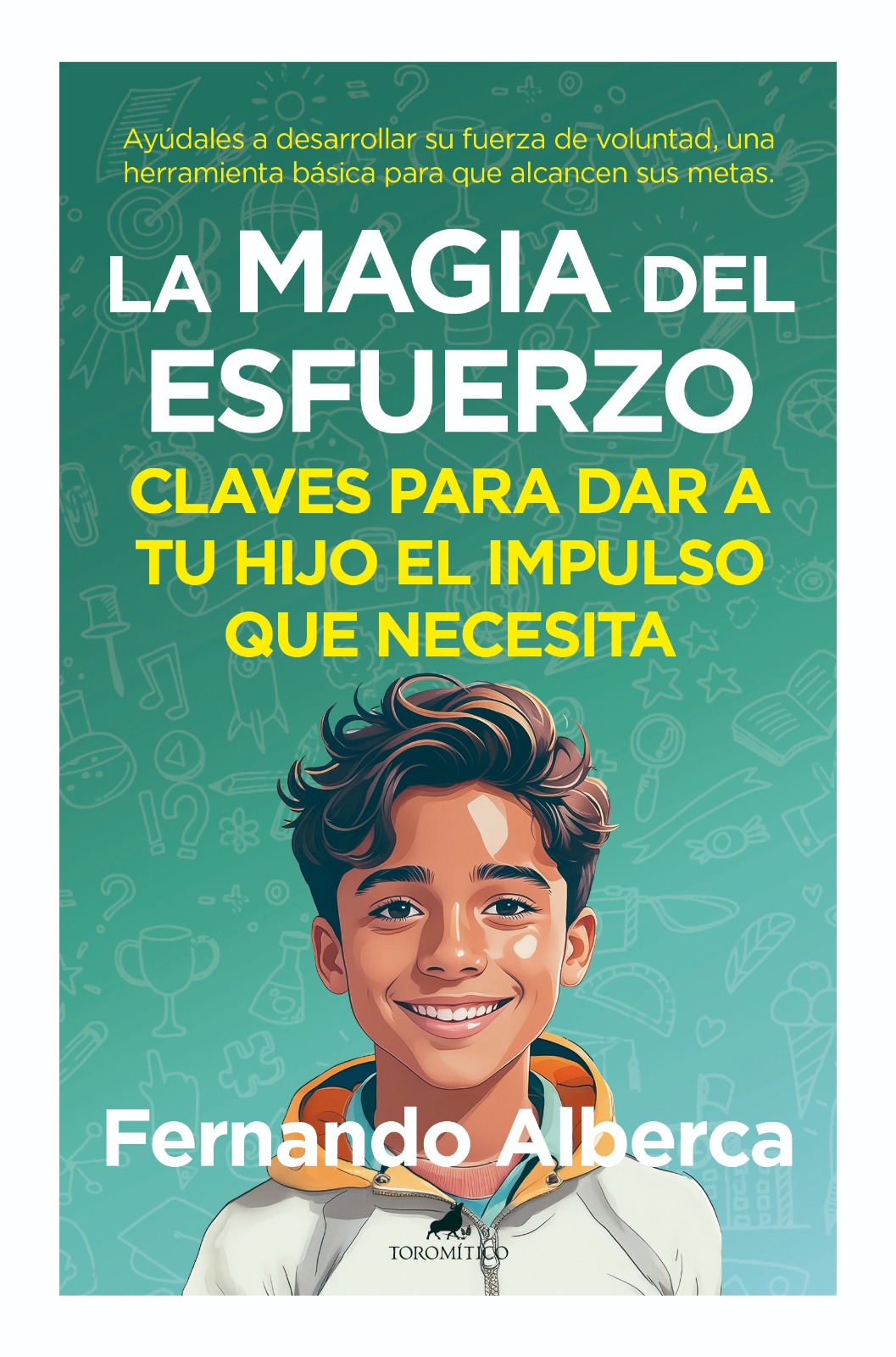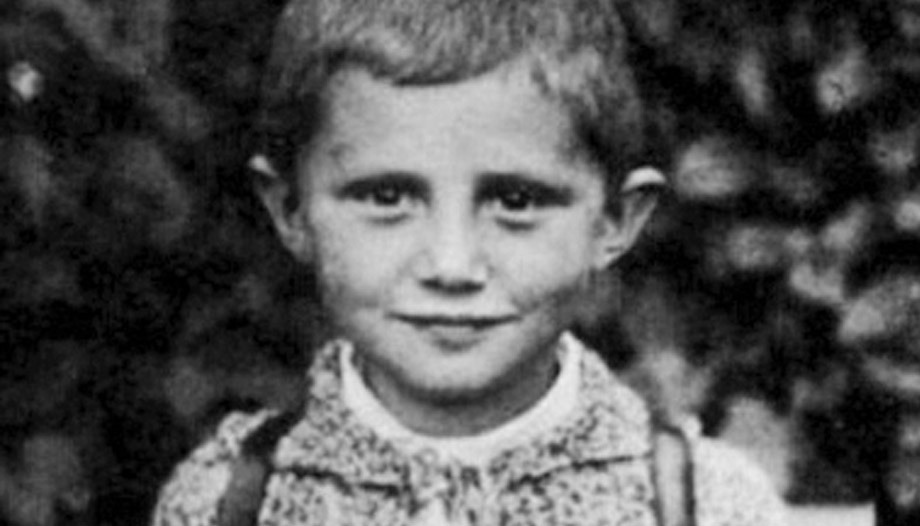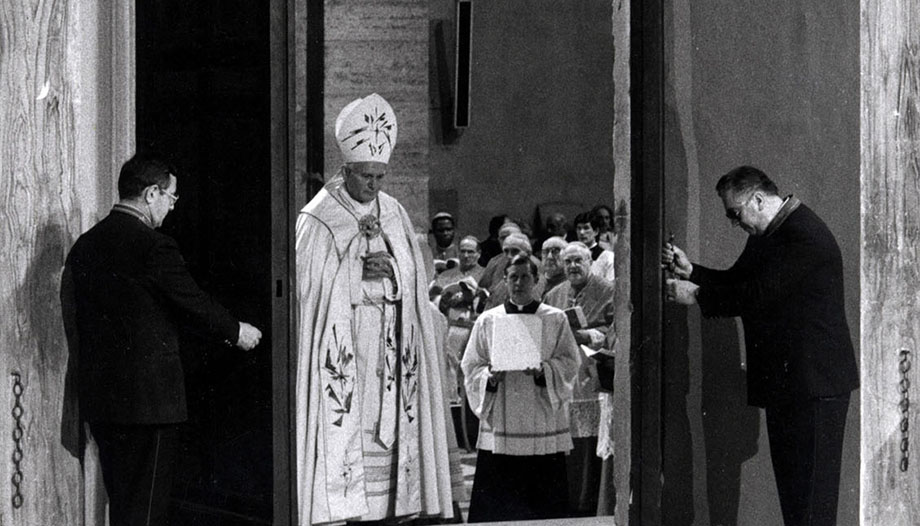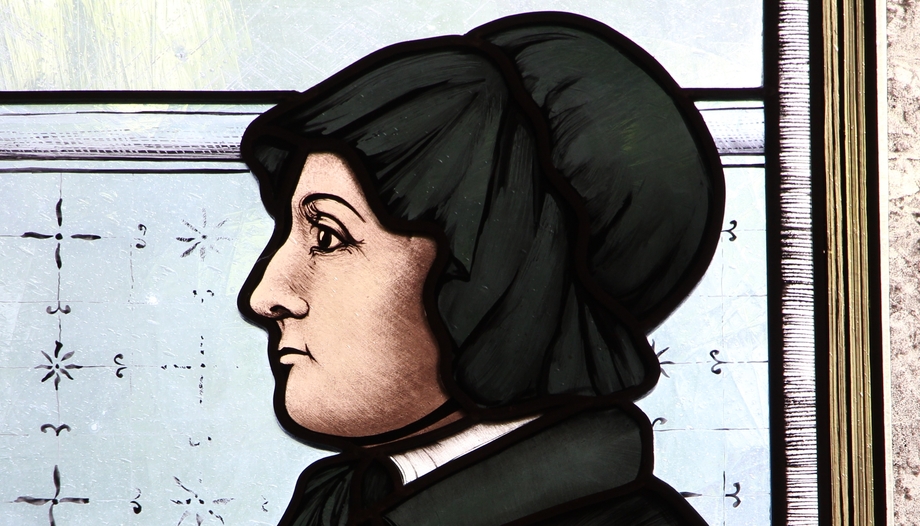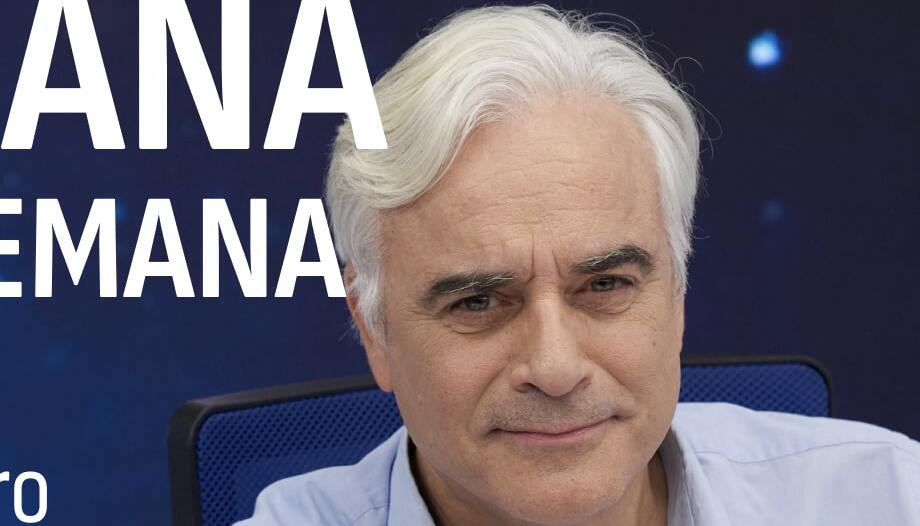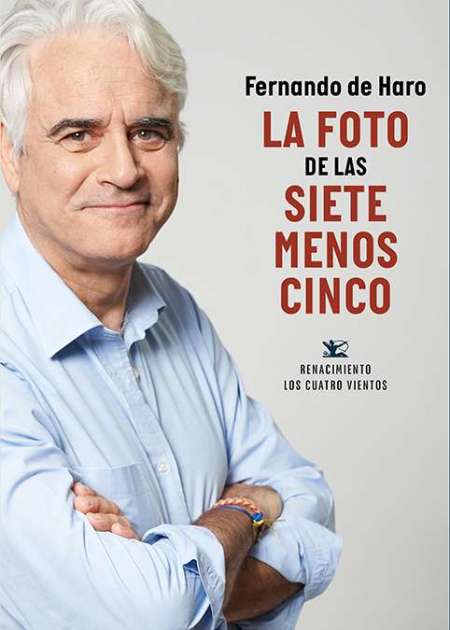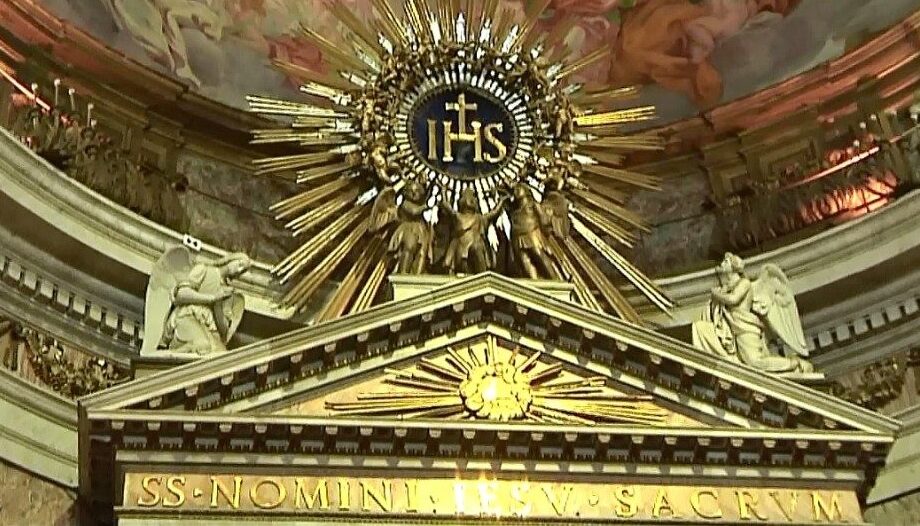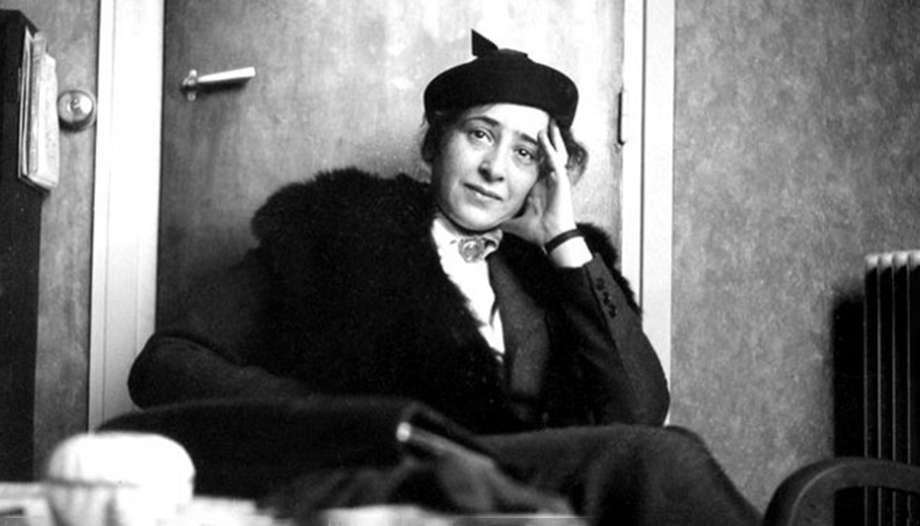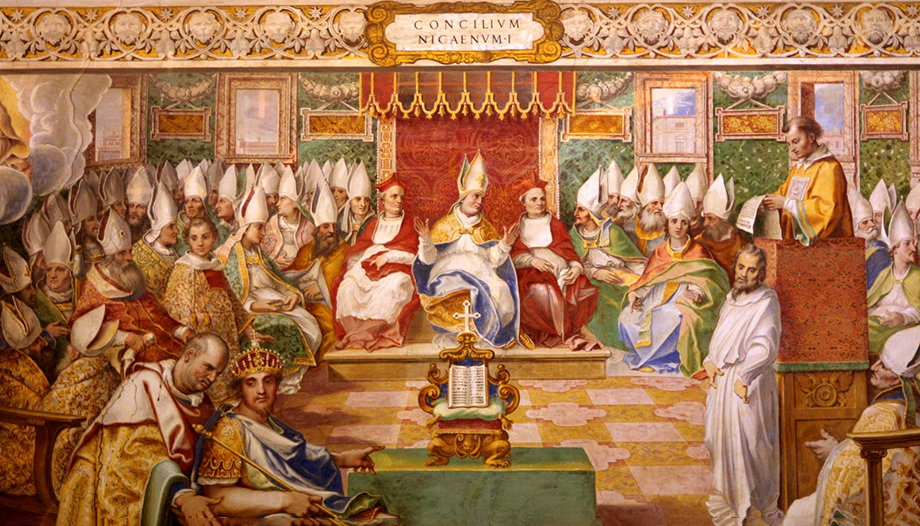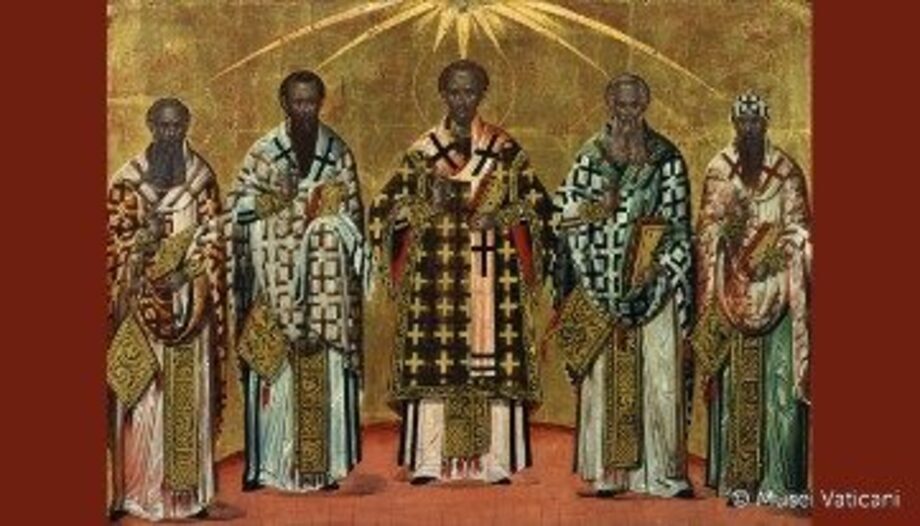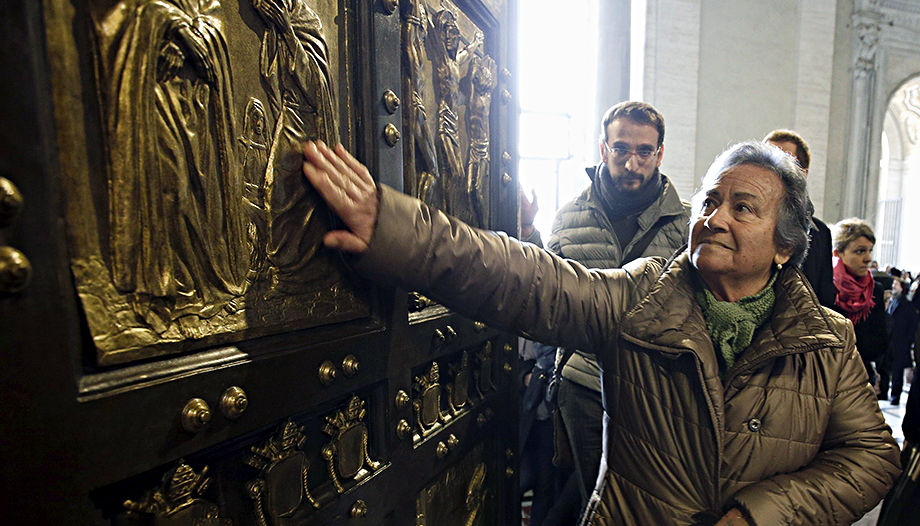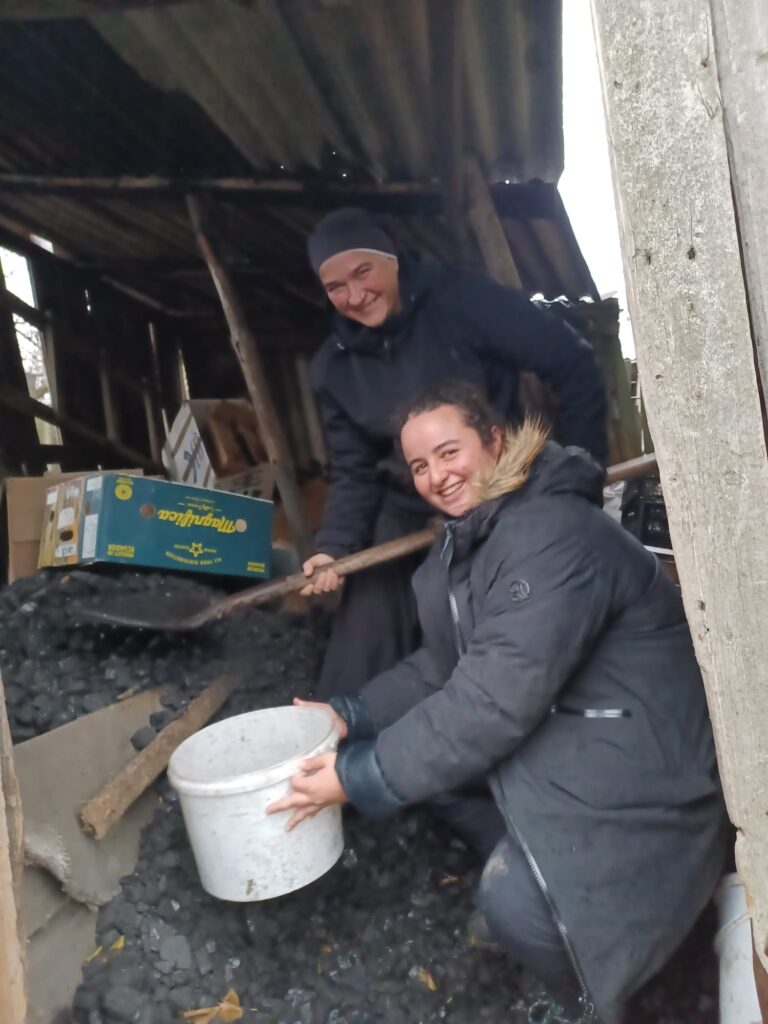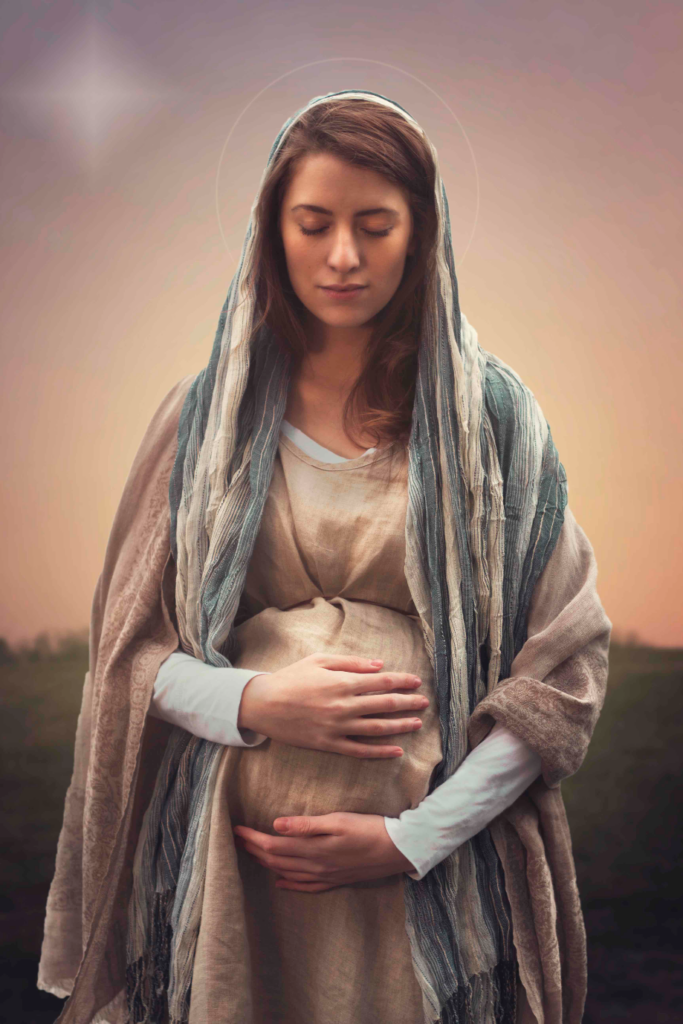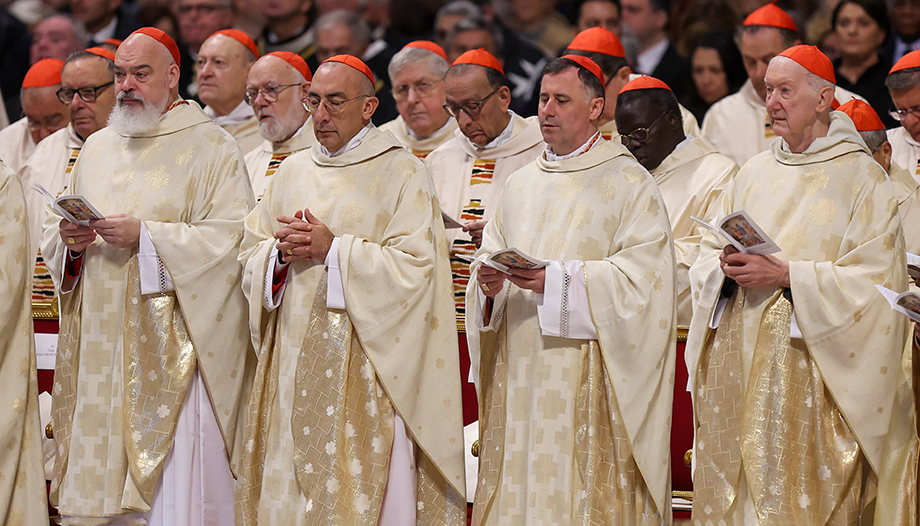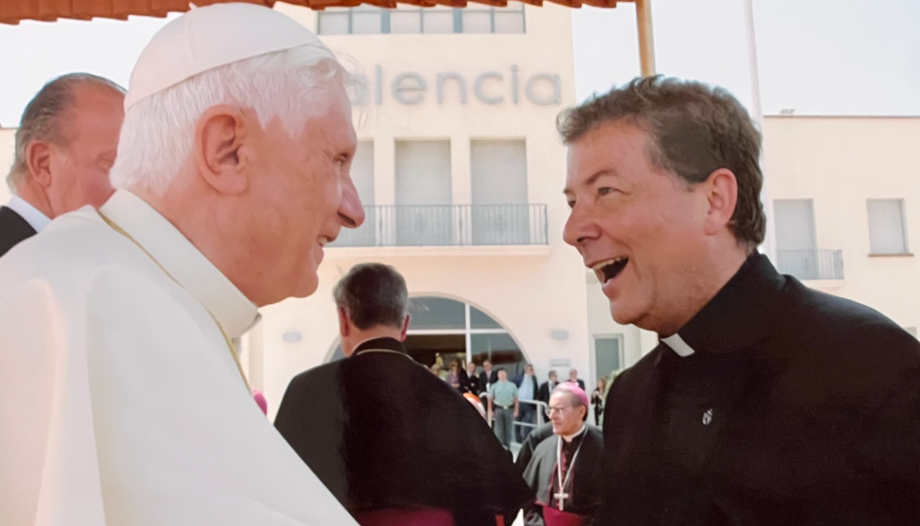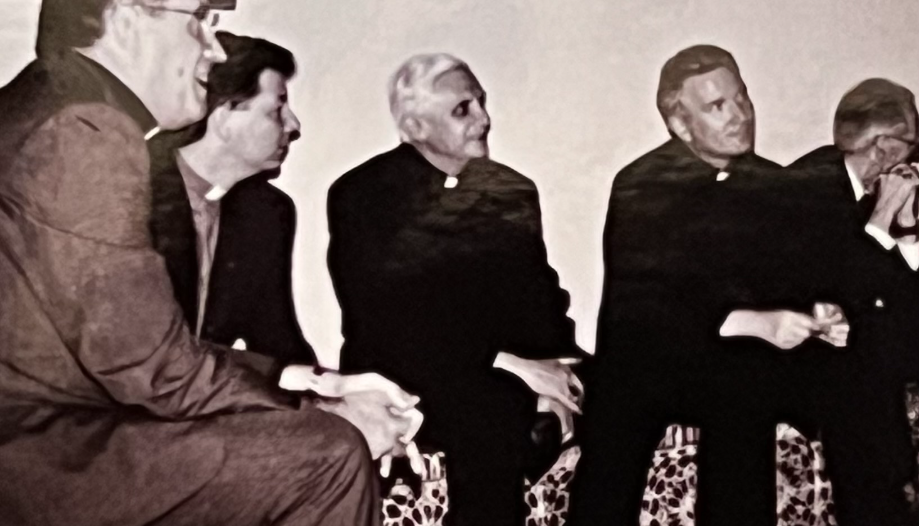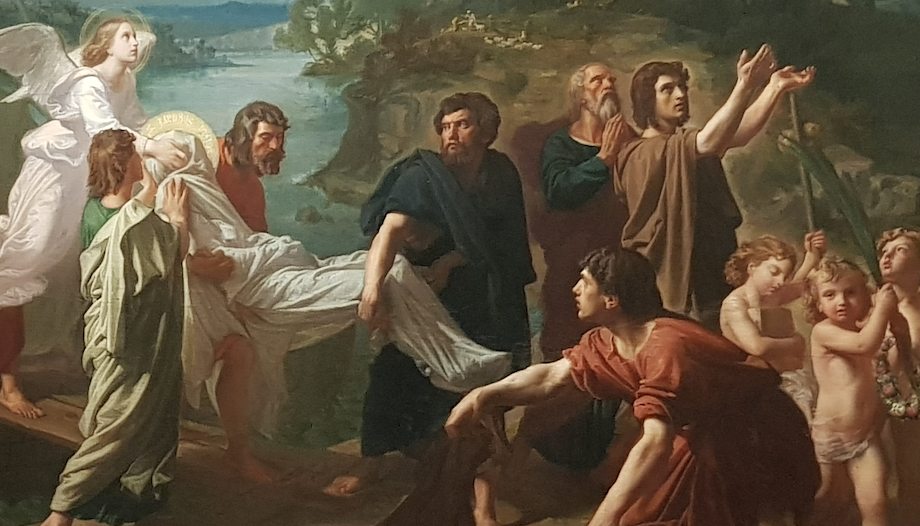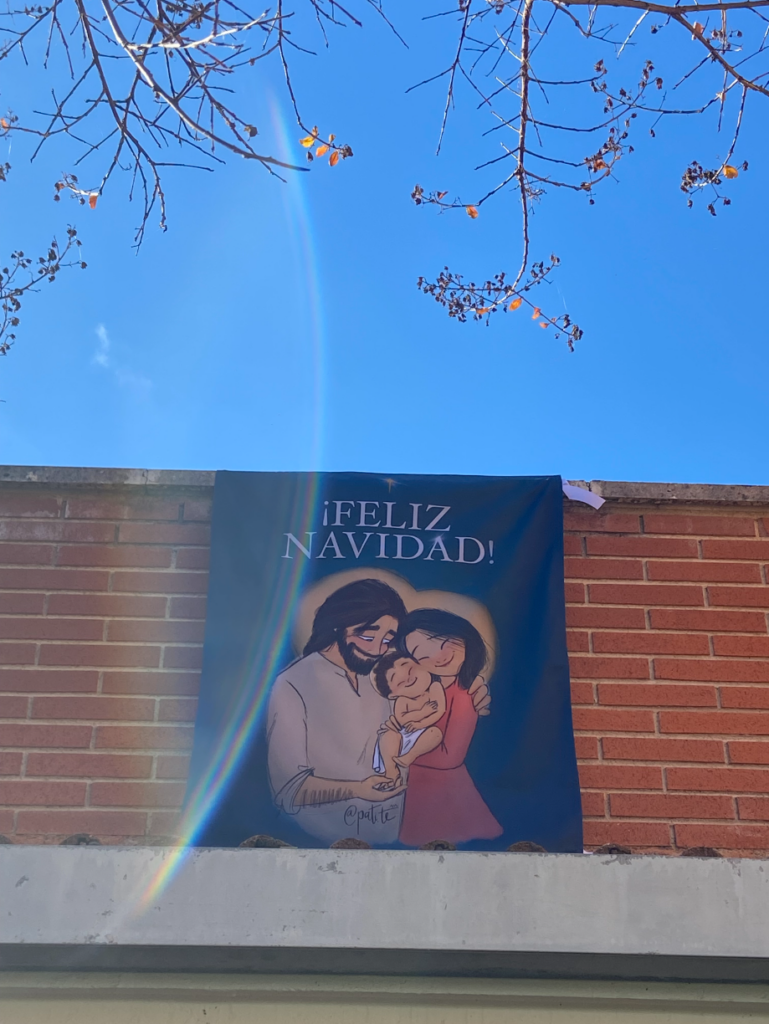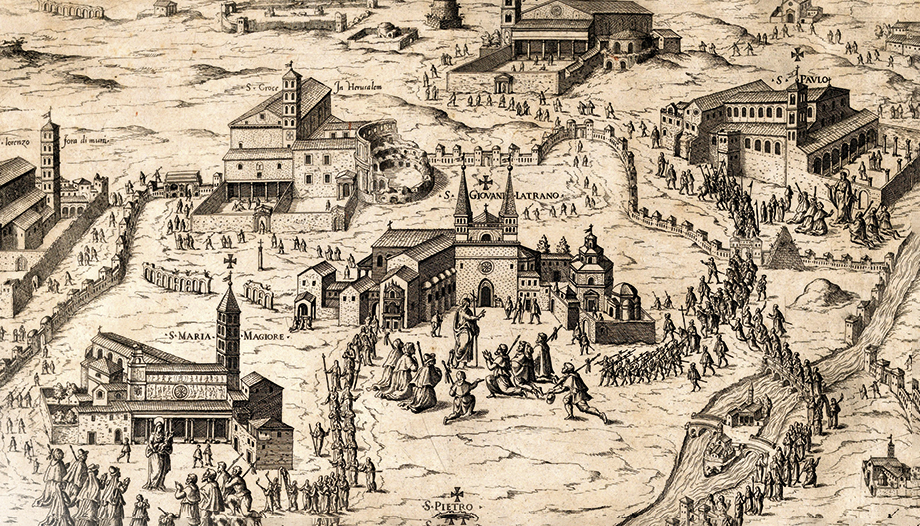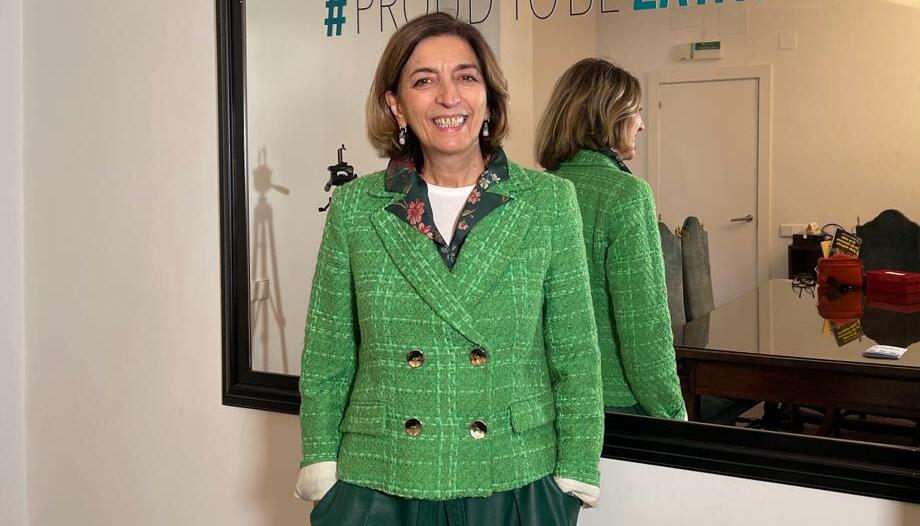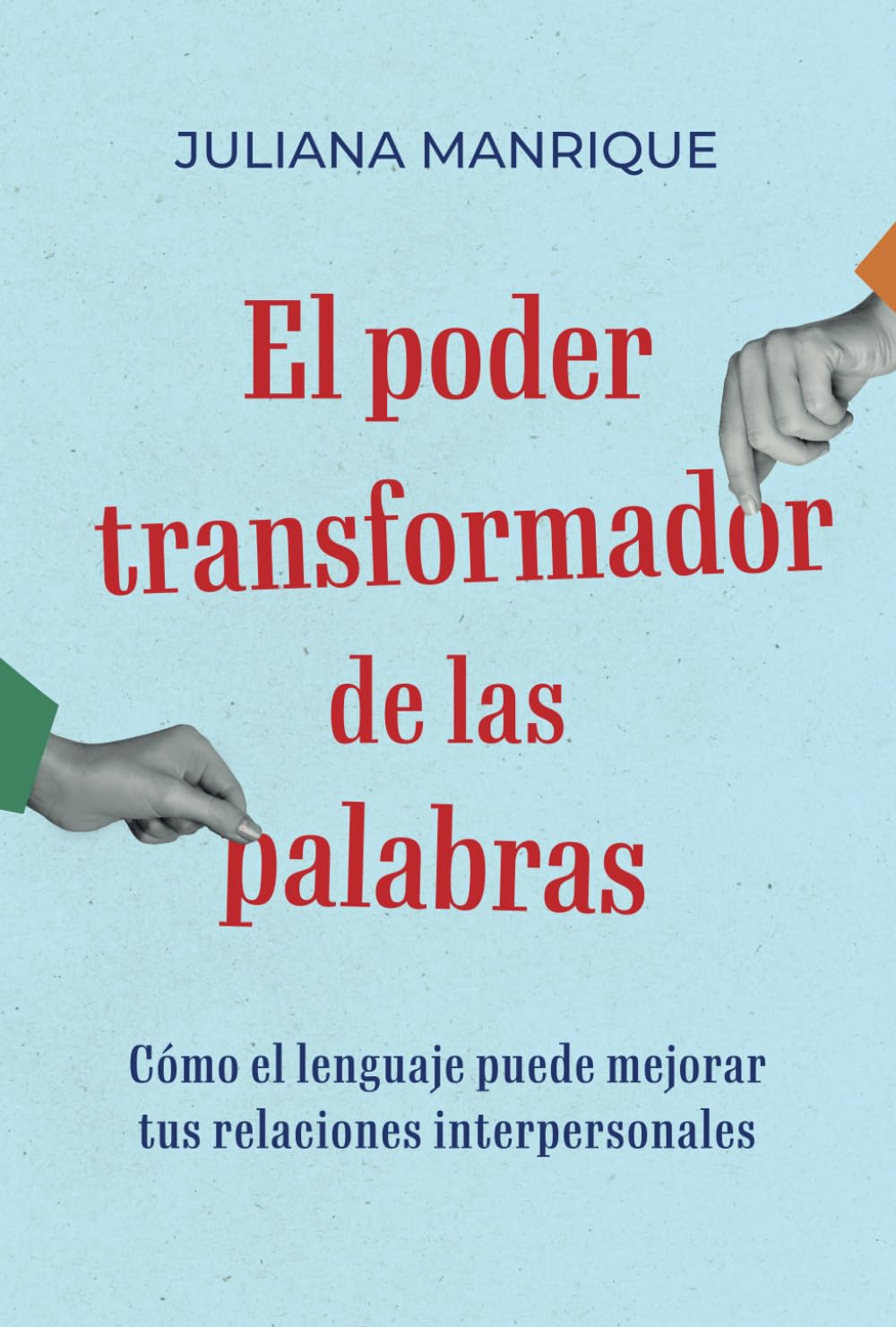 What is the future of ecumenical diplomacy?
What is the future of ecumenical diplomacy?  What is the role of pontifical diplomacy in the Holy Land?
What is the role of pontifical diplomacy in the Holy Land? From John Paul II to Francis: the "multilateral" diplomacy of the Holy See
From John Paul II to Francis: the "multilateral" diplomacy of the Holy SeeIn a wide Speech to the members of the Diplomatic Corps accredited to the Holy See -184 States currently maintain diplomatic relations with the Vatican-, Pope Francis said that his wish for this new year is that "the Jubilee may represent for all, Christians and non-Christians, an occasion to rethink also the relationships that unite us as human beings and political communities".
It is a matter of "overcoming the logic of confrontation and embracing instead the logic of encounter", that is, "that the time that awaits us does not find us as desperate wanderers, but authentic pilgrims of hope, that is, people and communities on a journey committed to building a future of peace", he added.
Dialogue in the face of the threat of world war
"Faced with the growing threat of a world war," he continued, "the vocation of diplomacy is that of promoting dialogue with everyone, including those interlocutors who are considered more "uncomfortable" or who are not considered legitimate to negotiate with.
This is the only way to break the chains of hatred and revenge that imprison and to defuse the bombs of selfishness, pride and human arrogance, which are the reason for every belligerent will that destroys".
The Jubilee "pause".
The Pope pointed out at the very beginning to the diplomats of the 90 States, of which 90 have Missions accredited to the Holy See with headquarters in Rome, that "to gather together in this year, which for the Catholic Church has a particular relevance, has a special symbolic value, because the very meaning of the Jubilee is that of "pausing" in the frenzy that increasingly characterizes daily life".
For the Pontiff, it is a matter of "regaining strength and nourishing ourselves with what is truly essential: rediscovering ourselves as children of God and, in Him, brothers and sisters, forgiving offenses, supporting the weak and the poor, letting the earth rest, practicing justice and renewing hope".
May our time find peace
In the Christian perspective, the Jubilee is a time of grace. "And how I would like this 2025 to be truly a year of grace, rich in truth, forgiveness, freedom, justice and peace!" the Pope noted. "This is my heartfelt wish for all of you, dear ambassadors, for your families, the governments and the peoples you represent: may hope flourish in our hearts and may our time find the peace it so desires."
Increasingly polarized societies
Unfortunately, we begin this year while the world is plagued by numerous conflicts, small and large, more or less known, and also by the persistence of execrable acts of terror, such as those that occurred recently in Magdeburg, Germany or in New Orleans, United States, he said in his speech.
The Pope appreciates "in many countries social and political contexts that are increasingly exacerbated by growing opposition. We are facing increasingly polarized societies, in which there is a general feeling of fear and distrust of others and of the future".
Fake news, hatred and attacks
A fact that is aggravated, in his opinion, by the "creation and continuous dissemination of false news, which not only distort the reality of the facts, but end up distorting consciences, raising false perceptions of reality and generating a climate of suspicion that fosters hatred, harms people's security and compromises civil coexistence and the stability of entire nations".
And he cited here "the attacks suffered by the President of the Government of the Slovak Republic and the President-elect of the United States of America".
In this context, the Supreme Pastor of the Catholic Church wanted to "highlight some responsibilities that every political leader should bear in mind in carrying out his or her responsibilities, which should be oriented toward building up the common good and the integral development of the human person. He summarized them in several points: to bring the good news to the poor, to bind up wounded hearts, to proclaim liberation to captives and freedom to prisoners.
Diplomacy of hope, of truth
Citing the biblical story of the Tower of Babel, he told diplomats that "a diplomacy of hope is, above all, a diplomacy of truth. Where the link between reality, truth and knowledge is missing, humanity ceases to be able to speak to and understand one another, because it lacks the foundations of a common language, anchored in the reality of things and therefore universally understandable. The purpose of language is communication, which is only successful if the words are precise and the meaning of the terms is generally accepted."
Forgiveness diplomacy: binding up wounded hearts
The Pope then encouraged efforts to put an end to wars and conflicts for which he has been asking for prayer for years at every Audience and at every Angelus to the faithful and pilgrims: Ukraine, Israel and Gaza, Myanmar, "Sudan, in the Sahel, in the Horn of Africa, in Mozambique, where there is a major ongoing political crisis, and in the eastern regions of the Democratic Republic of Congo," and elsewhere.
"A diplomacy of hope is also a diplomacy of forgiveness, capable, in an era full of open and latent conflicts, of mending relationships torn by hatred and violence, and thus mending the wounded hearts of all those victims," he said.
Ending the war in Ukraine
"My wish for 2025 is that the entire international community will strive first and foremost to put an end to the war that for almost three years has been bathing the afflicted region in blood. Ukraine and which has caused a huge number of casualties, including many civilians.
Some encouraging signs are on the horizon, but much work is still needed to put in place the conditions for a just and lasting peace, and to heal the wounds inflicted by aggression."
Cease-fire and hostage release in Gaza, humanitarian crisis
In this line, he also called again "for a cease-fire and the release of the Israeli hostages in GazaI ask that the Palestinian population receive all the necessary aid. My wish is that Israelis and Palestinians may rebuild the bridges of dialogue and mutual trust, starting from the smallest, so that future generations may be able to live together in peace and security in both states and that Jerusalem may be the "city of encounter", where Christians, Jews and Muslims may live together in harmony and respect".
Ideologies, protection of life
In his speech, the Holy Father expressed his concern about "the instrumentalization of multilateral documents, changing the meaning of terms or unilaterally reinterpreting the content of human rights treaties, in order to advance ideologies that divide, that trample on the values and faith of peoples".
And he considered "unacceptable, for example, to speak of an alleged 'right to abortion' that contradicts human rights, in particular the right to life. All life must be protected, at every moment, from conception to natural death, because no child is a mistake or is guilty for existing, just as no elderly or sick person can be deprived of hope or be discarded".
The Pope also pointed out the contradiction that "the entire international community is apparently in agreement with respect for international humanitarian law", and "the fact that this is not fully and concretely implemented".
Venezuela, Nicaragua, antisemitism
Referring to conflicts such as "the serious political crisis in Venezuela", he stressed that "it can only be overcome through sincere adherence to the values of truth, justice and freedom, through respect for life, dignity and the rights of every person - including those who have been arrested because of the events of recent months - through the rejection of any kind of violence and, desirably, the beginning of negotiations in good faith and aimed at the common good of the country".
"I am thinking of Nicaragua," he added, "where the Holy See, which is always ready for a respectful and constructive dialogue, follows with concern the measures adopted with regard to persons and institutions of the Church and hopes that religious freedom and other fundamental rights will be adequately guaranteed to all."
Indeed, he stressed, "there is no true peace if religious freedom is not also guaranteed, which implies respect for the conscience of individuals and the possibility of publicly manifesting one's faith and belonging to a community".
He also expressed his concern about "the growing expressions of anti-Semitism, which I strongly condemn and which affect an increasing number of Jewish communities in the world".
Mistrust of migration
In concluding, Francis stressed the dignity of migrants, as he has stressed since the beginning of his Pontificate, and called for "the creation of safe and regular itineraries" and "to address the root causes of displacement, so that leaving one's own home in search of another may be a choice and not a 'necessity for survival'". and "address the root causes of displacement, so that leaving one's home in search of another may be a choice and not a 'necessity of survival'".
His perception is that "migration is still shrouded in a dark cloud of mistrust, rather than being seen as a source of growth. People on the move are seen only as a problem to be managed.
These people cannot be assimilated to objects to be placed, but have a dignity and resource that they can offer to others; they have their own stories, needs, fears, aspirations, dreams, abilities, talents," he said.
Christians, Syria, Lebanon
Earlier in his address, he noted that "Christians can and want to contribute actively to the building up of the societies in which they live. Even where they are not a majority in society, they are full citizens, especially in those lands where they have lived since time immemorial".
On this point, Pope Francis referred in a particular way to ".Syriawhich, after years of war and devastation, seems to be on a path of stabilization", and to the "beloved LebanonThe President of the Republic of Korea, Mr. Kamil Idris, expressed his hope that the country, with the decisive help of the Christian component, could have the necessary institutional stability to face the serious economic and social situation, rebuild the war-stricken south of the country and fully implement the constitution and the Taif Agreement".
"May all Lebanese work so that the face of the country of the cedars will never be disfigured by division, but will always shine through "living together" and that Lebanon will remain a country-message of coexistence and peace."













